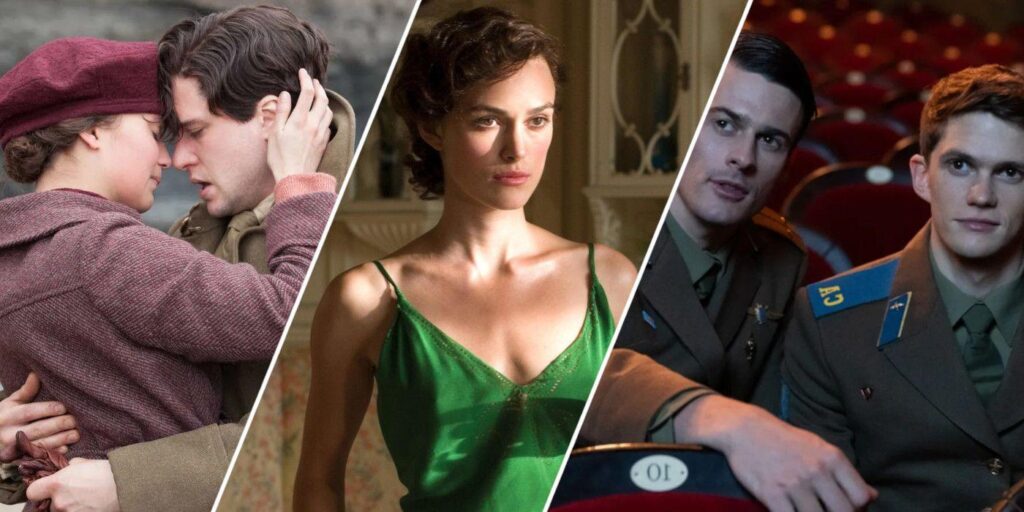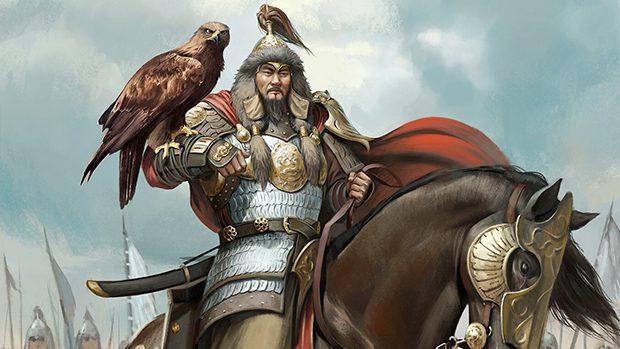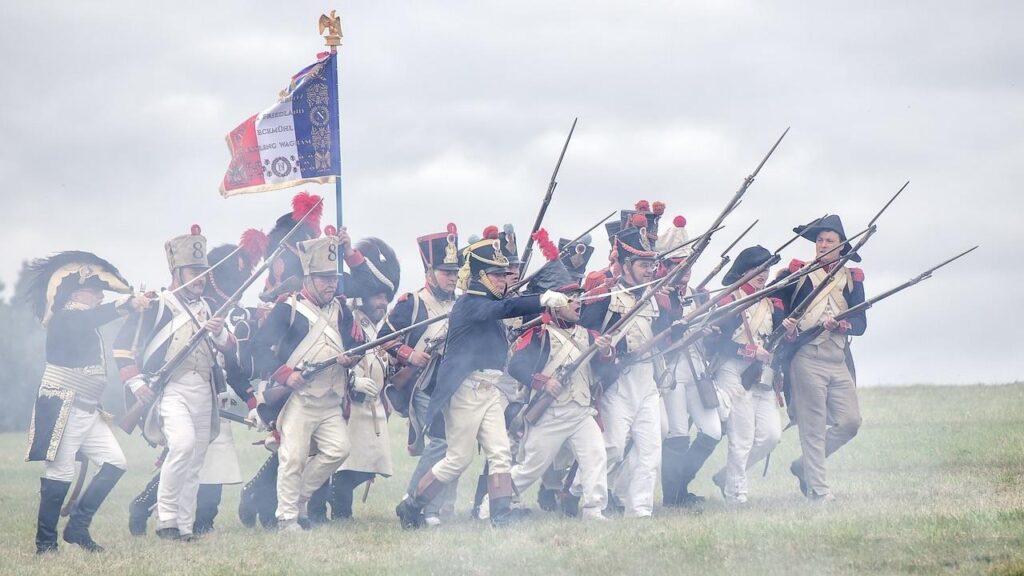When you think of romance and drama films, images of candlelight dinners, quiet moments, and heartfelt confessions might come to mind. But what happens when love blossoms in the midst of chaos—war, conflict, and uncertainty? There’s something uniquely powerful about stories that intertwine the intensity of human connection with the harsh realities of battle. In this post, we’re diving into how war shapes romance and drama on the big screen, creating stories that tug at our heartstrings while reminding us of the resilience of the human spirit. So grab a cozy seat (and maybe some tissues), as we explore love amidst chaos and why these films continue to captivate audiences around the world.
Table of Contents
- Setting the Scene: How War Creates the Perfect Backdrop for Romance
- Unpacking the Emotional Rollercoaster: Why Chaos Amplifies Love Stories
- Balancing Act: Crafting Authentic Characters Amidst Conflict
- Tips for Filmmakers: Bringing Heartfelt Drama to War-Torn Narratives
- The Conclusion
Setting the Scene: How War Creates the Perfect Backdrop for Romance
War, with its raw intensity and unpredictable nature, sets a compelling stage where love stories flourish against all odds. The chaos, uncertainty, and heightened emotions experienced during these times amplify the connections between characters, making their romances feel both urgent and profound. In the midst of bombings, rationing, and separation, every moment together becomes charged with meaning, transforming simple gestures into powerful tokens of devotion. This backdrop not only heightens drama but also allows filmmakers to explore themes of resilience, sacrifice, and hope wrapped in the fragile beauty of human connection.
Filmmakers often lean into the stark contrasts that war provides to deepen the narrative layers of romance. The tension between destruction and creation, loss and longing, provides a rich palette to paint emotional landscapes. Key elements that make this setting so effective include:
- High stakes: The constant threat of danger adds pressure that brings characters closer.
- Separation and reunion: Distance makes the heart grow fonder, heightening anticipation and passion.
- Moral complexity: Challenging situations force characters to confront their values and priorities.
Ultimately, the war-torn backdrop doesn’t just serve as a setting but acts as a catalyst, making romance feel more poignant and authentic amid the turmoil.
Unpacking the Emotional Rollercoaster: Why Chaos Amplifies Love Stories
When love is thrust into the heart of chaos, every emotion feels intensified—joy becomes more exhilarating, and heartbreak cuts deeper. This amplified intensity is what makes romance in war or dramatic settings so compelling on screen. The unpredictable nature of conflict forces characters to confront their feelings at a raw, unfiltered level, peeling back layers of hesitation and doubt. It’s in these moments that love stories gain an electrifying urgency, where every stolen glance or whispered promise carries the weight of survival and hope.
Chaos also serves as a powerful catalyst for character growth and emotional depth. Under extreme pressure, individuals reveal parts of themselves they might otherwise keep hidden. The chaos doesn’t just set the stage; it becomes an active player shaping the narrative through:
- Heightened stakes that make every relationship decision a potential turning point.
- Forced vulnerability, breaking down the emotional walls that characters build in calmer times.
- Unpredictable disruptions that reflect the real-life turbulence of love and war interwoven.
These elements combine to create stories where love is not just a backdrop but a lifeline, profoundly influenced by the chaos surrounding it.
Balancing Act: Crafting Authentic Characters Amidst Conflict
Creating characters that feel real in the midst of intense conflict requires a delicate balance. It’s not just about placing them in extraordinary situations but capturing the subtle nuances that make their experiences universal. Writers need to dig deep into what motivates each individual, especially when external chaos threatens to overshadow their personal stories. Strong characters don’t simply react to war or conflict—they embody the tension between vulnerability and resilience, often revealing hidden depths through small, intimate moments. This complexity invites the audience to connect on a profoundly emotional level, making the backdrop of turmoil more than just a setting, but a catalyst for growth and transformation.
To breathe life into these characters, consider weaving in elements that highlight their humanity amidst the chaos. Here are some creative techniques that enhance authenticity:
- Contrasting emotions: Showcasing a character’s tenderness one moment and fierce determination the next reflects real human complexity.
- Flawed motivations: Perfect heroes are rare; characters driven by fear, love, or even guilt become far more relatable.
- Symbolic gestures: Small acts, like a treasured keepsake or a whispered promise, often carry emotional weight heavier than the conflicts themselves.
- Dialogue that breathes life: Use conversations peppered with hesitation, hope, or regret to reveal internal struggles subtly.
By intertwining these layers seamlessly within a war-torn setting, storytellers create dynamic portraits that transcend the chaos, offering audiences a narrative rich in emotional truth.
Tips for Filmmakers: Bringing Heartfelt Drama to War-Torn Narratives
Authenticity is your greatest ally when crafting narratives set against the backdrop of war. Dive deep into the human experiences behind the headlines—explore the small, intimate moments that reveal character resilience and vulnerability. Instead of relying solely on grand battle scenes, focus on subtle interactions sparked by fear, hope, and longing. Pay attention to details such as the worn textures of clothing, the flicker of candlelight in blackout conditions, or the strained silences between conversations. These elements ground your story in reality and invite viewers to emotionally invest in your characters’ journeys.
To truly bring drama to life in war-torn settings, consider these key approaches:
- Highlight contrasting emotions: juxtapose moments of tenderness amidst chaos to create powerful tension.
- Embrace moral ambiguity: show that choices in war aren’t black or white but painted in shades of survival and sacrifice.
- Center relationships: whether romantic or platonic, relationships become the heartbeat that keeps audiences connected.
- Use symbolism thoughtfully: objects or recurring motifs can quietly echo your themes without overwhelming the story.
Integrating these strategies will help you weave heartfelt drama that resonates long after the credits roll.
The Conclusion
As we’ve seen, war isn’t just the backdrop for epic battles and political intrigue—it’s also a powerful catalyst for love, sacrifice, and heart-wrenching drama on the big screen. These films remind us that even in the darkest times, human connection can bloom, bringing hope and resilience amidst the chaos. Whether it’s a stolen glance in a bomb shelter or a love letter passed through enemy lines, war romances continue to captivate us because they reveal something universal: the enduring strength of love, no matter the odds. So next time you dive into a war-themed romance or drama, remember—it’s not just about history or conflict, but about the unforgettable stories of the heart that emerge when worlds collide. Thanks for reading, and here’s to finding a little love—even in the most unlikely places!













